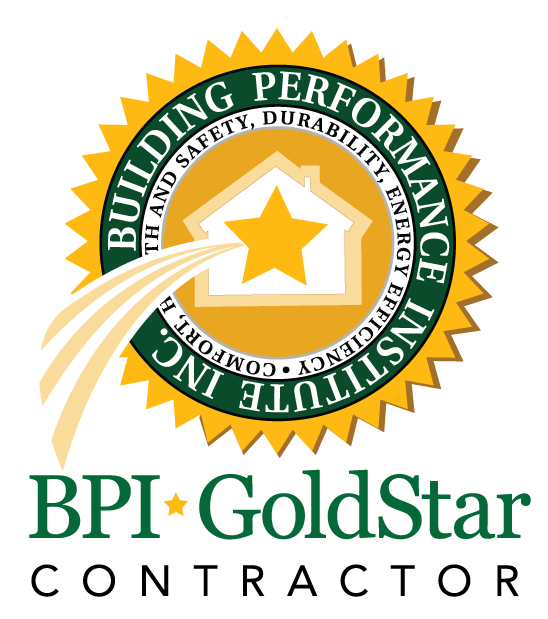Attic Condensation in Winter: What Causes it & How to Prevent it
Our Insulation Contractors Share Why Attic Condensation Occurs and How to Eliminate It to Avoid Larger Problems
Who to Contact for Attic Condensation Issues
A frequently asked question insulation contractors in Albany, NY receive is about attic condensation.
Homeowners in Albany, NY often worry they have a more serious issue, such as a roof leak. However, that’s usually not the case. Understanding how to address attic condensation is essential to prevent further damage that could lead to more significant problems. Many of the solutions we recommend can be tackled by the homeowner or handled by an insulation contractor.
Here, we explain what attic condensation is and provide tips on how to prevent it.
Why Is There Condensation in My Attic?
Attic condensation typically occurs during the winter and spring months when warm, humid air from the living areas rises into the attic. As this warm, moist air comes into contact with the cold underside of your roof’s decking, it causes condensation to form.
During the winter, attic condensation can freeze into frost, which generally isn’t harmful. However, when the frost melts, it turns back into condensation, creating moisture that can dampen everything it comes into contact with—typically insulation and wood. This makes your wood frames, rafters, roof sheathing, and attic insulation susceptible to mold and rot, potentially leading to more significant issues like a roof leak. If you’re noticing ceiling or roof leaks, reach out to us to consult with a local expert.
What Leads to Attic Condensation?
- Inadequate attic insulation or ventilation
- Bathroom and dryer exhausts improperly vented into the attic rather than outside
- Small cracks in water pipes
How Can I Tell if I Have Attic Condensation?
There are several indicators to help you identify if attic condensation is an issue:
- Water stains or trickling down the walls
- A musty or damp smell
- Mold growth
- Rust formation
- Dark stains
- Damp or saturated insulation
- Wet or moisture-laden wood
- Watermarks on the floor
- Condensation on window panes or other flat surfaces
- Warped, damaged, or wet roof sheathing
How to Eliminate Attic Condensation
To prevent condensation (and frost) from forming in your attic, follow these three steps:
- Seal Air Leaks – Minimize air leakage into the attic.
- Upgrade Insulation – Enhance the attic insulation to maintain proper temperature control.
- Increase Ventilation – Improve attic ventilation for better airflow.
Additionally, make sure that bathroom and dryer vents are directed outside to avoid moisture buildup.
For a temporary solution, you can place a dehumidifier in your attic, but keep in mind that you may need to empty it several times a day until an expert can implement these permanent fixes.
Winter can also bring other roof-related issues like ice dams or structural damage. To schedule a complimentary consultation, contact True Building Performance!

